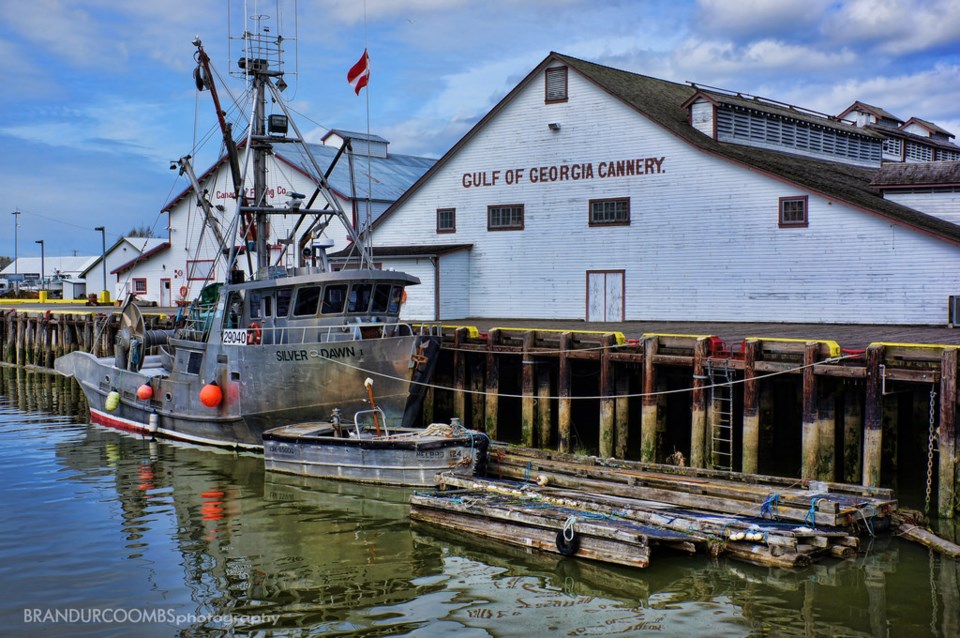While it’s not known when the Gulf of Georgia Cannery will be able to reopen, the cannery society is looking at ways to adapt exhibit space and programming once COVID-19 restrictions are lifted.
While there’s no concrete plans in place, the Gulf of Georgia Cannery Society is looking to other sites and attractions around the world as they plan to reopen for guidance in how to best implement social distancing in the museum, and limit exposure to high-touch areas, said Mimi Horita, the society’s marketing and visitor services manager.
“We don’t have any concrete plans in place at this time as we don’t know what policies and practices will be in place in B.C. and Canada when restrictions are lifted,” said Horita.
The society is also preparing a cleaning schedule and list of procedures for staff and visitors, said Horita.
The cannery – a national historic site – closed on March 18, along with other Parks Canada facilities across the country.
That closure has meant the cannery can no longer generate revenue for operation of the site, said which comes from admissions and gift shop sales. While the cannery has only been closed for a month and a half, the society is still working through its plans for the future, said Horita – but there will be some impacts.
While the society has just hired for an administrative position and summer student staff, it won’t be able to take on the same number of staff for the summer season as in previous years. The society will also need to adjust the cannery’s programming, said Horita, with both physical distancing and travel playing a role.
The society is also working to move its resources online.
“We’ve been working as a team to put together resources and activities for our audience to engage with our history online,” said Horita.
“We have also posted a collection of our educational and online activities on the resources page of our website,” she said, adding that the society also held its first virtual Pro-D workshop Friday.
While there currently aren’t any virtual tours of the cannery online at this time, said Horita, they do have a new Virtual Museum of Canada exhibit that explores the history of canneries on Canada’s west coast.



